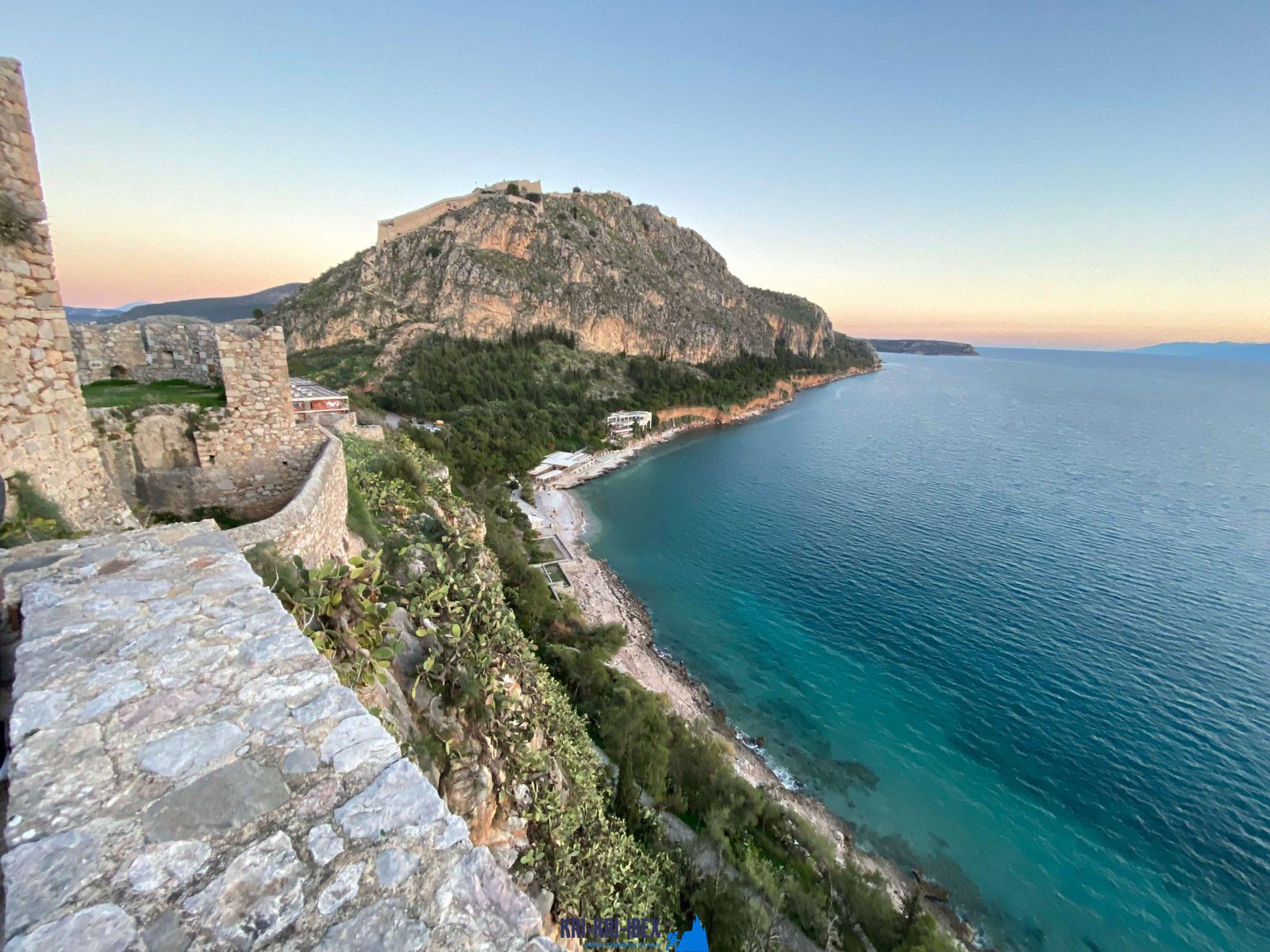
To lots of people, The Peloponnese peninsula on the Greek Mainland is the 'genuine' Greece, where points have not altered much at all over the centuries despite the fact that many people have actually found it. This is an area where you could easily spend a month, however if you are short on schedule then our exterior hunting, Fishing, free diving as well as visiting Peloponnese Tours from Methoni is a great option. Join us as we discover all that this historic and gorgeous region needs to supply!

Searching Kri-kri Ibex on Sapientza island can be a tough and difficult task. The terrain is rugged, with sharp, rugged rocks that can conveniently leave you shoeless after just 2 journeys. In addition, shooting a shotgun without optics can be fairly tough. The quest is certainly worth it for the chance to gather one of these majestic animals.
Our exterior hunting, fishing, and also complimentary diving trips are the perfect method to see every little thing that Peloponnese has to use. These scenic tours are created for tourists who intend to get off the beaten path as well as really experience all that this amazing area has to provide. You'll reach go searching in several of the most beautiful wilderness areas in Greece, fish in crystal-clear waters for a range of different types, and complimentary dive in some of one of the most magnificent shoreline in the Mediterranean. And best of all, our skilled guides will be there with you every step of the means to ensure that you have a pleasurable and safe experience.
If you are looking for a genuine Greek experience away from the hustle and also bustle of tourist then look no even more than Methoni in The Peloponnesos! Our outdoor searching for Kri Kri ibex, angling, complimentary diving as well as touring Peloponnese trips from Methoni are the excellent means to explore this stunning area at your very own rate with like minded people. Contact us today to book your put on among our excursions.
What is the diference between Kri Kri ibex, Bezoar ibex and hybrid ibex
The kri-kri is not thought to be indigenous to Crete, most likely having been imported to the island during the time of the Minoan civilization. Nevertheless, it is found nowhere else and is therefore endemic to Crete. It was common throughout the Aegean but the peaks of the 8,000 ft (2,400 m) White Mountains of Western Crete are their last strongholds–particularly a series of almost vertical 3,000 ft (900 m) cliffs called ‘the Untrodden’—at the head of the Samaria Gorge. This mountain range, which hosts another 14 endemic animal species, is protected as a UNESCO Biosphere Reserve. In total, their range extends to the White Mountains, the Samaria National Forest and the islets of Dia, Thodorou, and Agii Pandes.
This Ibex is NOT a diminutive form of the Bezoar Ibex, which has migrated into the western-most reach of the range of this species. The kri – kri (Capra aegagrus cretica), sometimes called the Cretan goat, Agrimi, or Cretan Ibex, is a feral goat inhabiting the Eastern Mediterranean, previously considered a subspecies of wild goat. The kri-kri has a light brownish coat with a darker band around its neck. It has two horns that sweep back from the head. In the wild they are shy and avoid tourists, resting during the day. The animal can leap some distance or climb seemingly sheer cliffs.
“The agrimi goat Capra aegagrus cretica is unique to Crete and its offshore islands. It has been identi®ed as a sub-species of the wild bezoar goat Capra aegagrus aegagrus Erxleben, 1777, which it closely resembles in horn shape, body form and coloration. This classi®cation has been disputed by some researchers who claim that the agrimi are feral goats, derived from early domestic stock brought to the island by the ®rst Neolithic settlers. In order to clarify this issue, DNA analyses (cytochrome b and D loop sequences) were carried out on tissue of live and skeletonized agrimi and compared to sequences of wild and domestic caprines. Results conclusively show the agrimi to be a feral animal, that clades with domestic goats (Capra hircus) rather than with wild Asiatic bezoar. This study demonstrates that morphometric criteria do not necessarily re¯ect genetic af®nities, and that the taxonomic classi®cation of agrimi should be revised.”